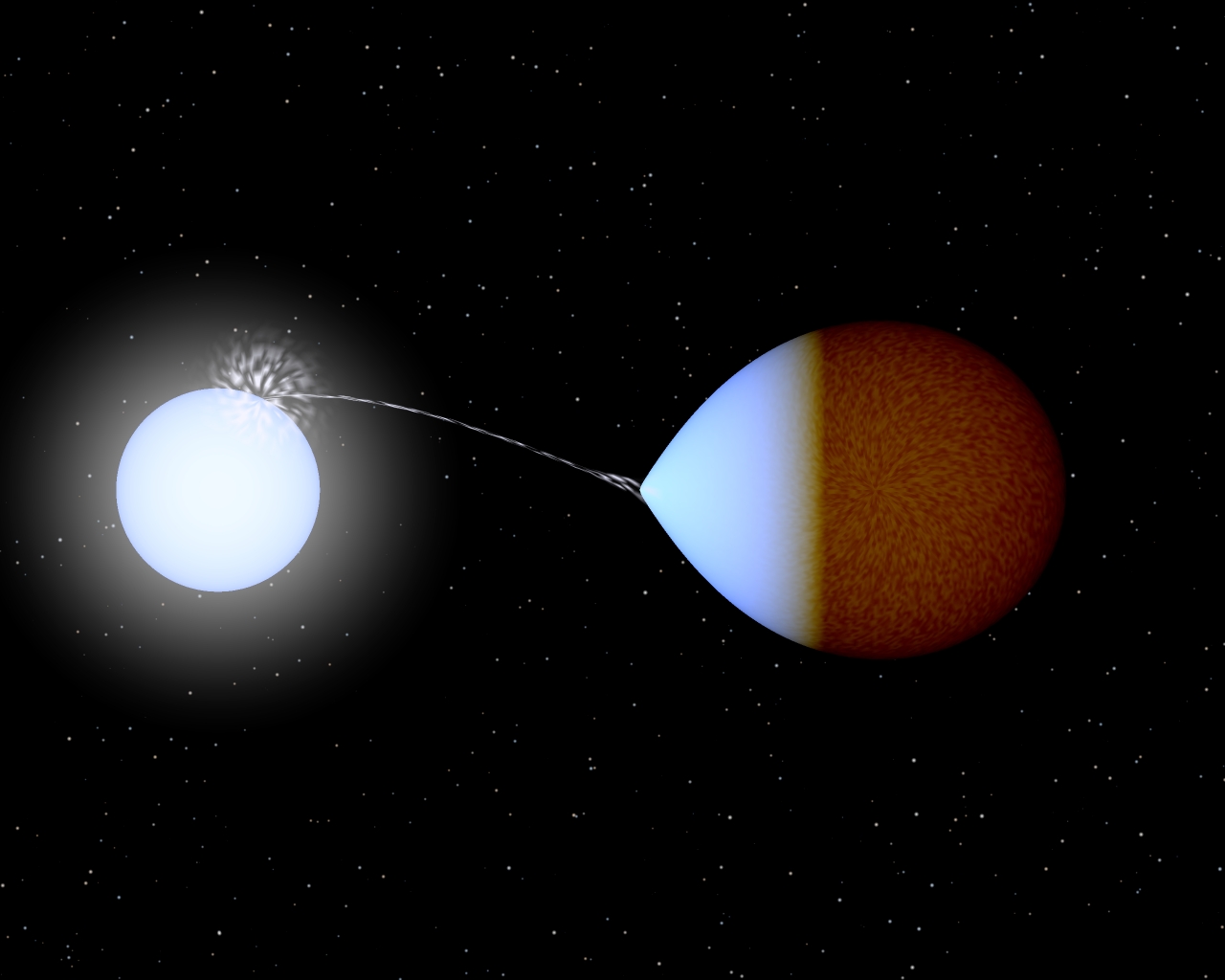Binary Stars – The Basics
Article by: Gavin Ramsay Unlike our Sun, around half of all stars have another stellar companion. The closest stars to the Sun are two bright southern stars, alpha Centauri A and B, which orbit each other every 80 years and Proxima Centauri which orbits A and B every few tens Read more
Hydrogen-Deficient Stars 2018 – Armagh Observatory and Planetarium
September 2018 will see over 50 astronomers from around the world gather at the Armagh Observatory and Planetarium to discuss the latest news about hydrogen-deficient stars. These stars have lost nearly all the hydrogen from which they were made, to leave only nuclear ash. Astronomers want to learn how these rare and short-lived remnants formed, and what drives their spectacular changes in brightness.
Star Wars: A look at the Science
Star Wars, the very name brings up images of childhoods spent in front of a TV or cinema screen, absorbing up stories of a galaxy far, far away. For many, it was the thing to ignite their passion for storytelling, and for others it was the thing that ignited their Read more
Discovery of the first new extreme helium star for 40 years
In a paper entitled ‘GALEX J184559.8−413827: a new extreme helium star identified using SALT’, Armagh astronomer Simon Jeffery reports the first new extreme helium star to be discovered in nearly 40 years. Extreme helium stars represent a small group of low-mass supergiant stars. They have spectral types equivalent to A Read more




